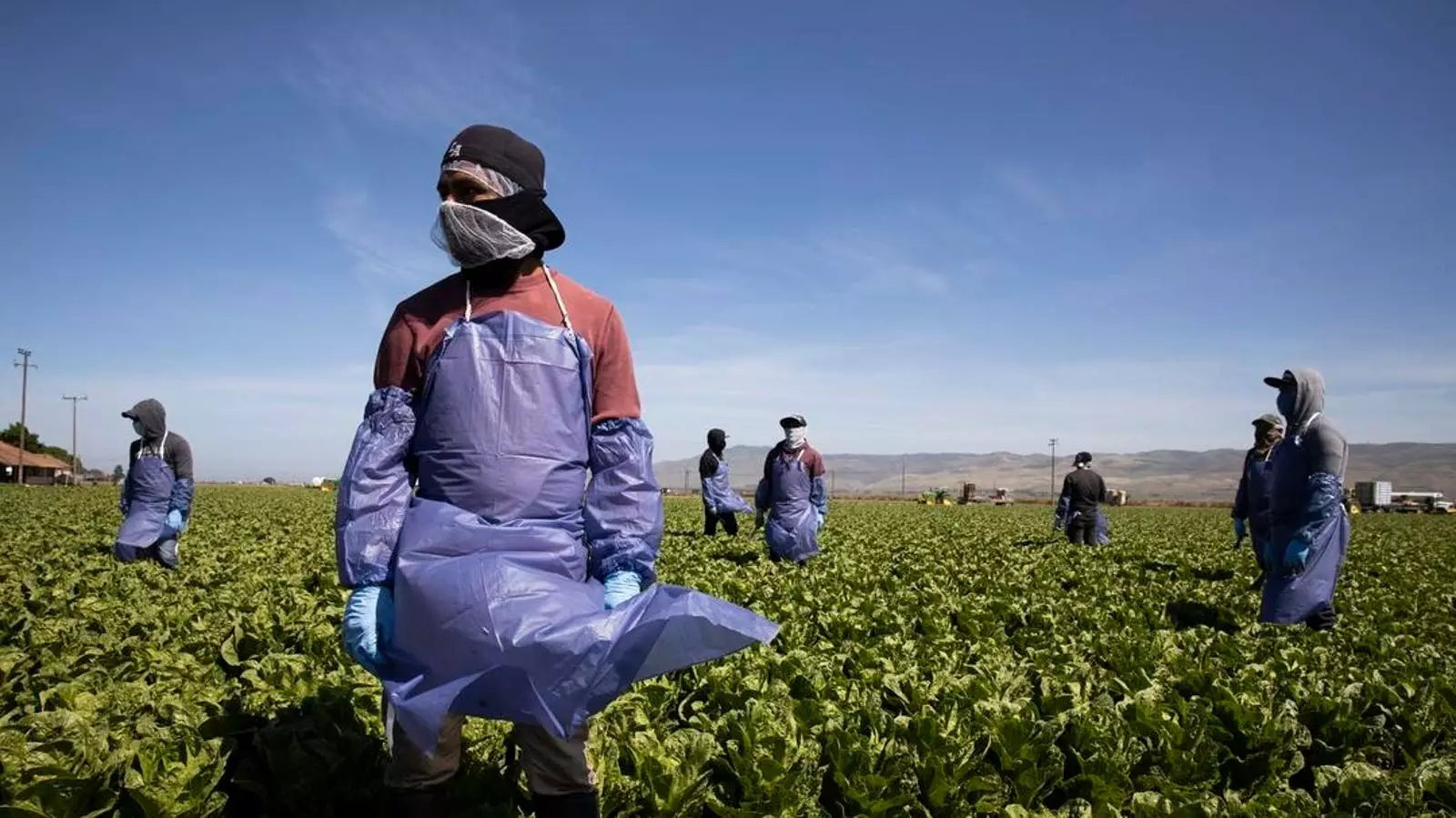The agricultural industry in the United States finds itself at the center of a heated legal dispute as a coalition of farm and business organizations challenges a new rule introduced by the Department of Labor (DOL) concerning H-2A visa holders. This rule is seen by the plaintiffs as an overreach of authority that could have far-reaching implications for labor relations within the agricultural sector. The controversy has roots in longstanding debates over agricultural labor rights, immigration laws, and the broader social dynamics at play in the employment landscape of the U.S.
The Rule and Its Provisions
The DOL’s finalized rule, released on June 28, 2024, mandates that employers must guarantee that they will not intimidate or discriminate against employees participating in activities related to self-organization, including concerted efforts aimed at improving wages and working conditions. While the DOL asserts that this rule merely expands on existing protections against employer retaliation, plaintiffs argue it unlawfully imposes provisions akin to those found in the National Labor Relations Act (NLRA) upon agricultural employers participating in the H-2A program. The rule stipulates protections for all workers, effectively extending labor organizing rights that agricultural workers previously lacked due to exemptions in federal law.
Supporters of the rule claim it is a vital protective measure for vulnerable workers who may experience exploitation in an industry characterized by the temporary and seasonal nature of labor. Critics, however, believe that reinterpreting agricultural work law to include elements of the NLRA constitutes an overreach that risks undermining the delicate balance of the agricultural labor market.
The plaintiffs’ argument rests on three central contentions. First, they assert that the DOL does not possess the statutory authority to impose such affirmative labor protections on agricultural employees. The plaintiffs emphasize that federal labor standards—dating back to the NLRA—were intentionally crafted to exclude agricultural workers from its jurisdiction. Therefore, they contend that by invoking the Immigration Reform and Control Act of 1986 as justification for these new requirements, the DOL is misapplying the law.
Second, the plaintiffs contend that the agency’s interpretation of the immigration statutes is inconsistent with the established framework that governs federal labor relations. They argue that the H-2A rule creates a precedent that permits excessive government oversight into agricultural labor practices, a relationship that the NLRA aims to minimize.
Finally, the plaintiffs allege that the rule violates the First Amendment rights of employers, inhibiting their ability to communicate with employees about workplace issues. This concern highlights the tension between employee rights and the free speech rights of employers, emphasizing the complexities that arise in labor relations where regulatory frameworks overlap.
One of the significant concerns articulated by industry representatives is that the application of these new rules could lead to an increased use of illegal labor practices. Historically, the use of H-2A visas has been linked to decreased instances of illegal immigration. Thus, the imposition of restrictive conditions on these visas may counterintuitively drive more workers to seek unauthorized employment, undermining efforts that have successfully reduced illegal entry over the years.
Jon Baselice, a vice president at the U.S. Chamber of Commerce, indicated that the rule not only adds burdensome conditions to agricultural operations but also fosters an environment where employers feel constrained in their communications with employees. Such limitations jeopardize farm viability and could threaten U.S. food production stability, raising serious questions about the future of agricultural work in the country.
As of now, the rule has been temporarily stayed by courts in several states including Kansas and Georgia, but it remains poised to take effect in others. The urgency expressed by the plaintiffs highlights their concerns that the implementation of these regulations could fundamentally alter labor practices and disrupt the agricultural economy.
The DOL defends its position by stating the rule is necessary to enhance protections for workers, catering to changes in program dynamics and judicial perspectives. Yet the backlash from agricultural stakeholders underscores deep-rooted fears surrounding the erosion of employers’ rights and the operational autonomy necessary for the agricultural sector’s success.
As litigation unfolds, the outcome of this challenge will significantly impact not only the H-2A visa program but also broader discussions about labor rights, immigration policy, and the essential role of agriculture in the U.S. economy. This legal dispute encapsulates the fraught relationship between workers’ rights, employer interests, and government intervention, illuminating the evolving landscape of labor relations in America. The coming months will be critical as the agricultural sector seeks to navigate these complex challenges while striving to maintain a steady and legally compliant workforce. The resolution of this case could set a precedent with implications extending beyond agriculture, shaping immigration and labor policy discussions for years to come.

